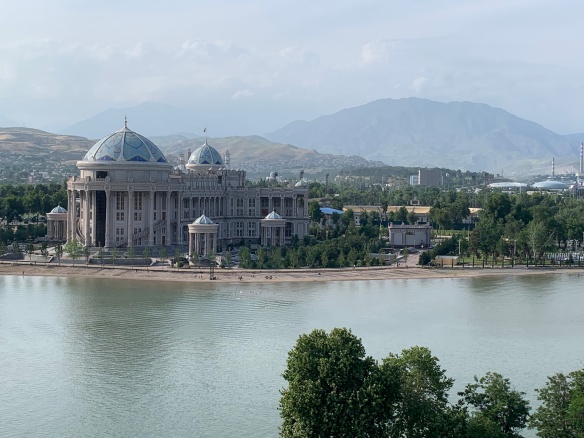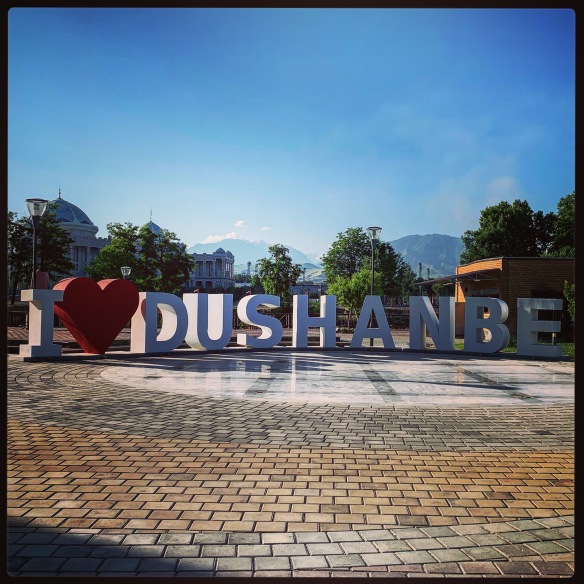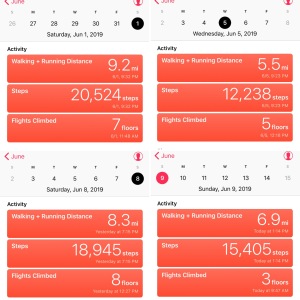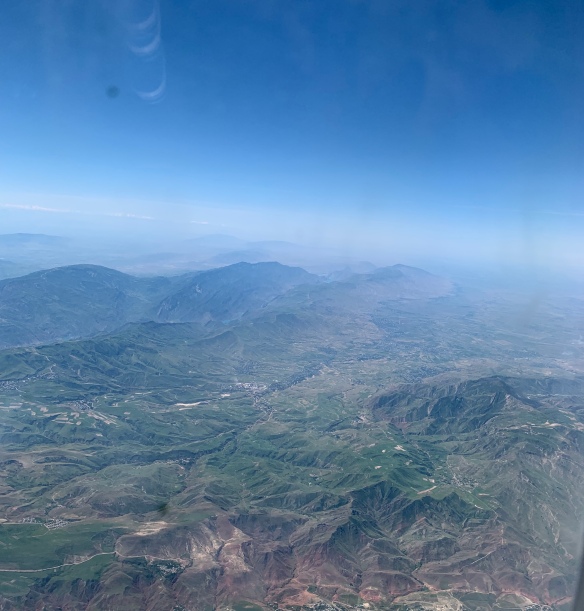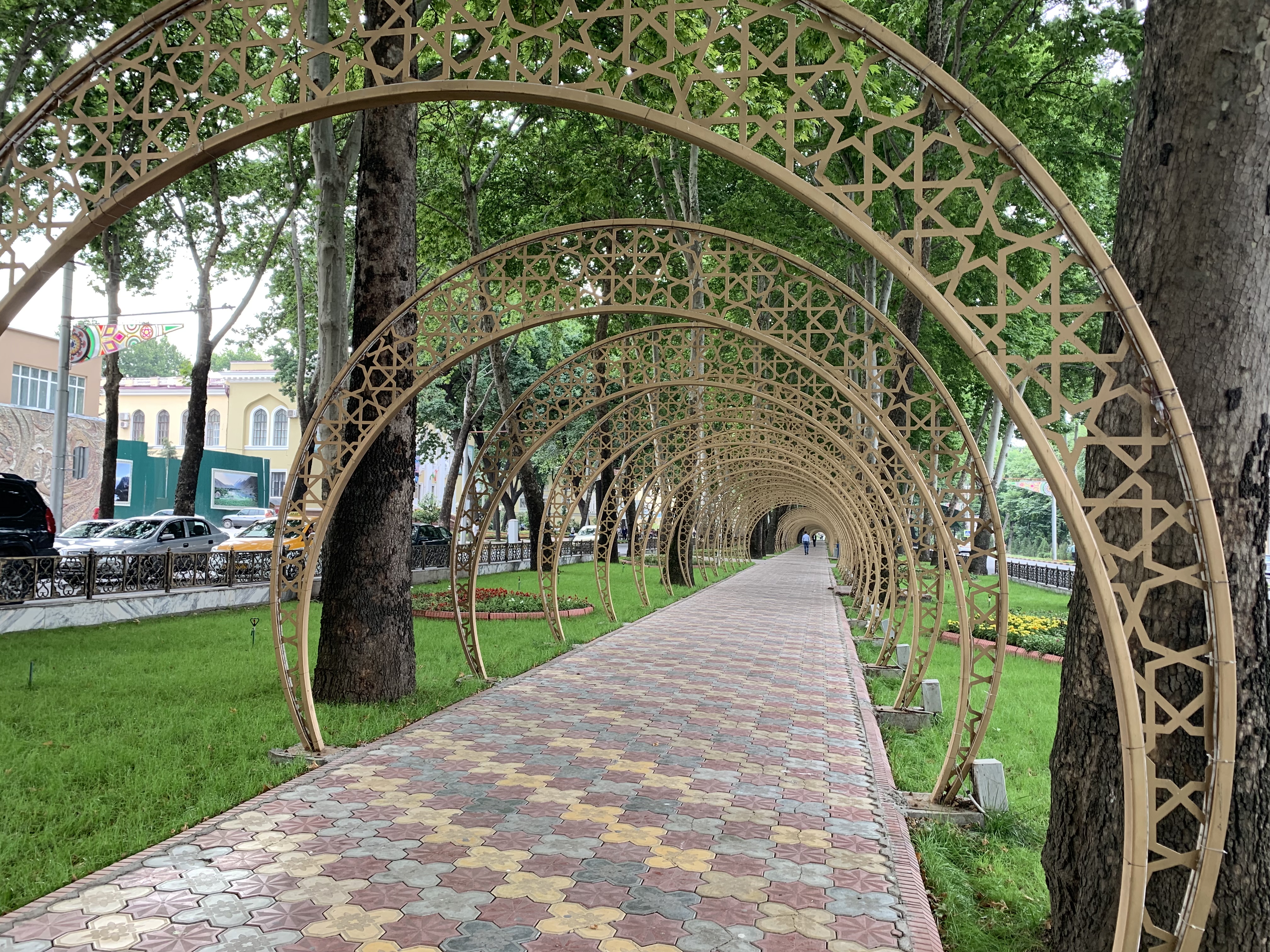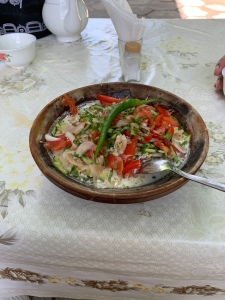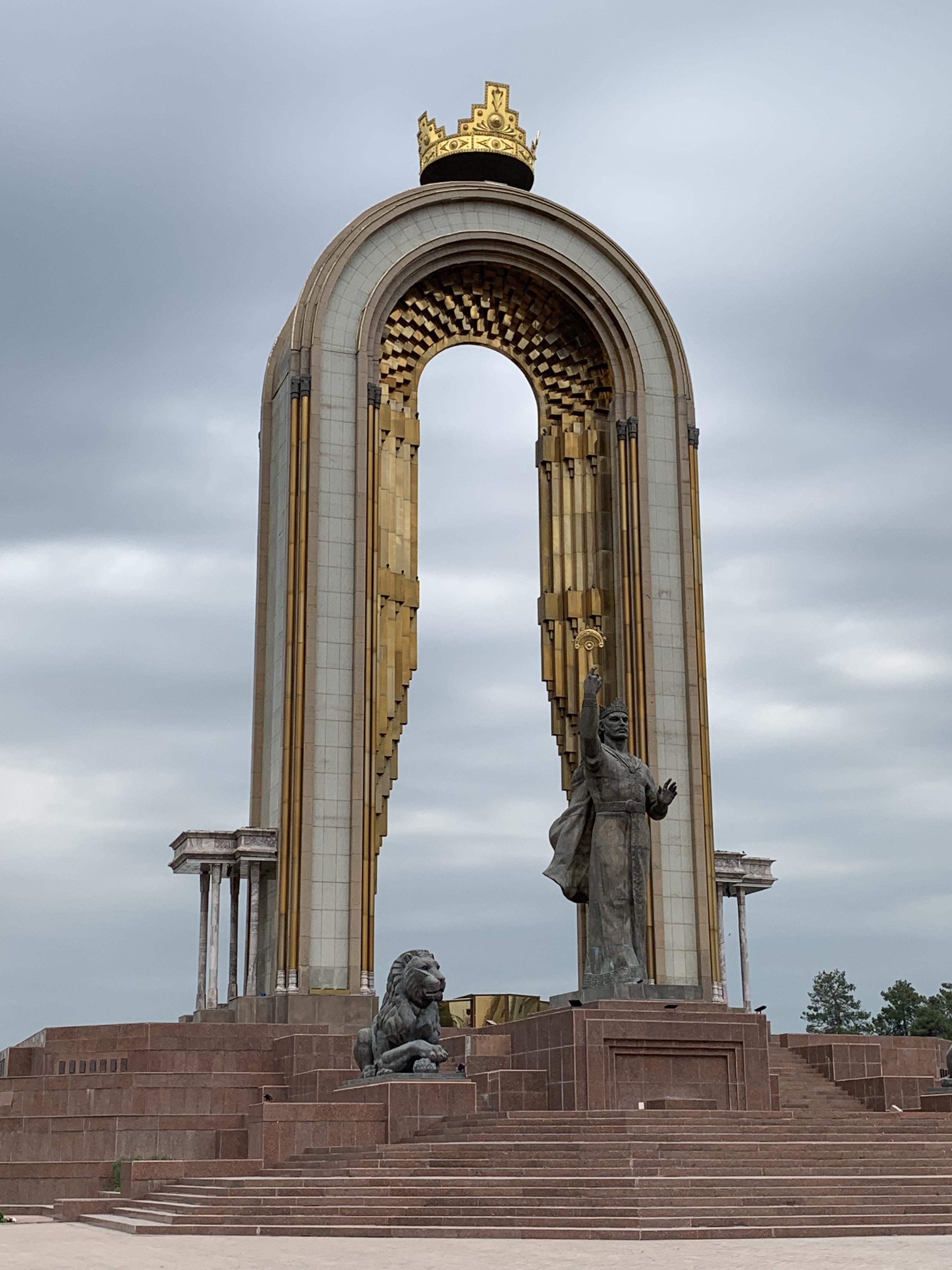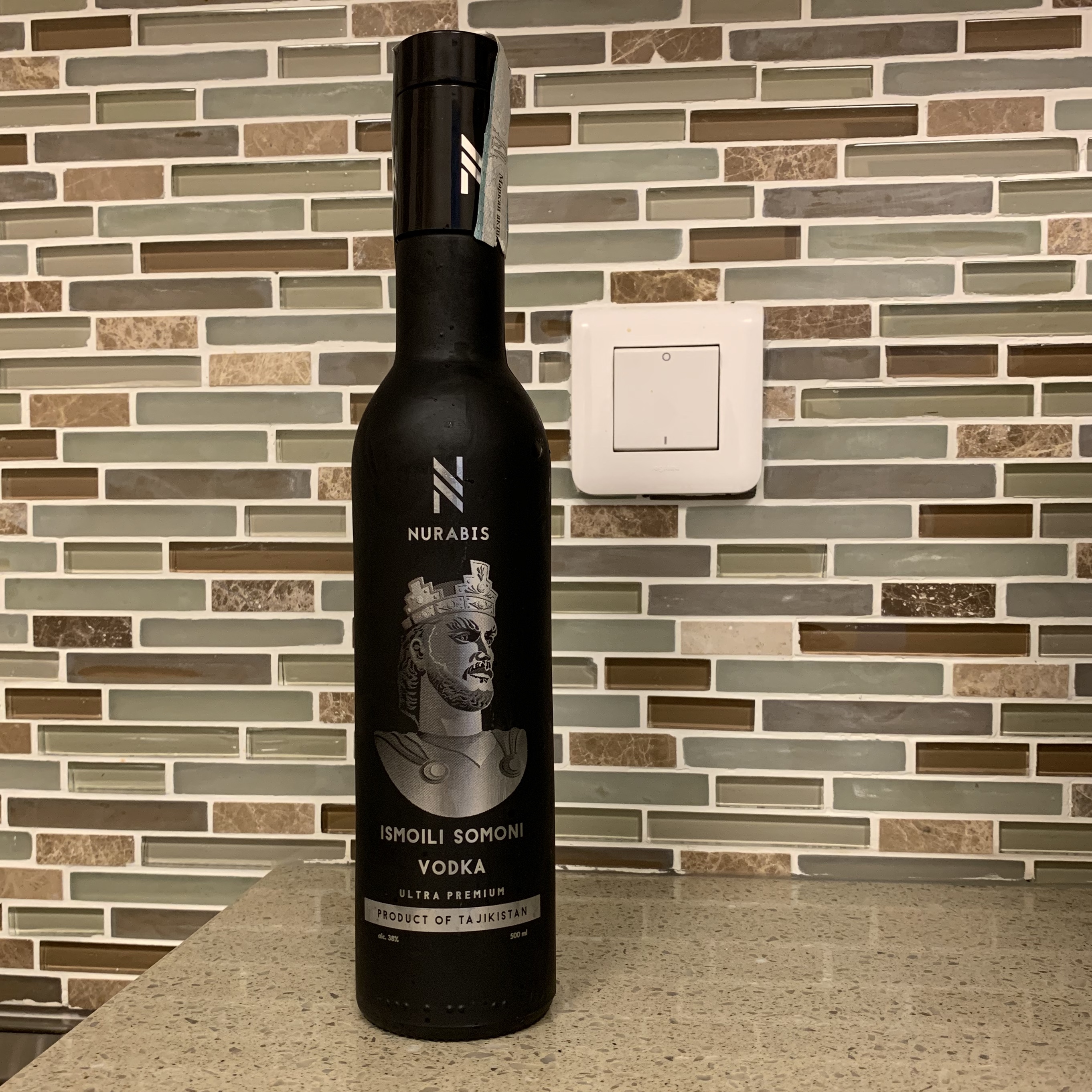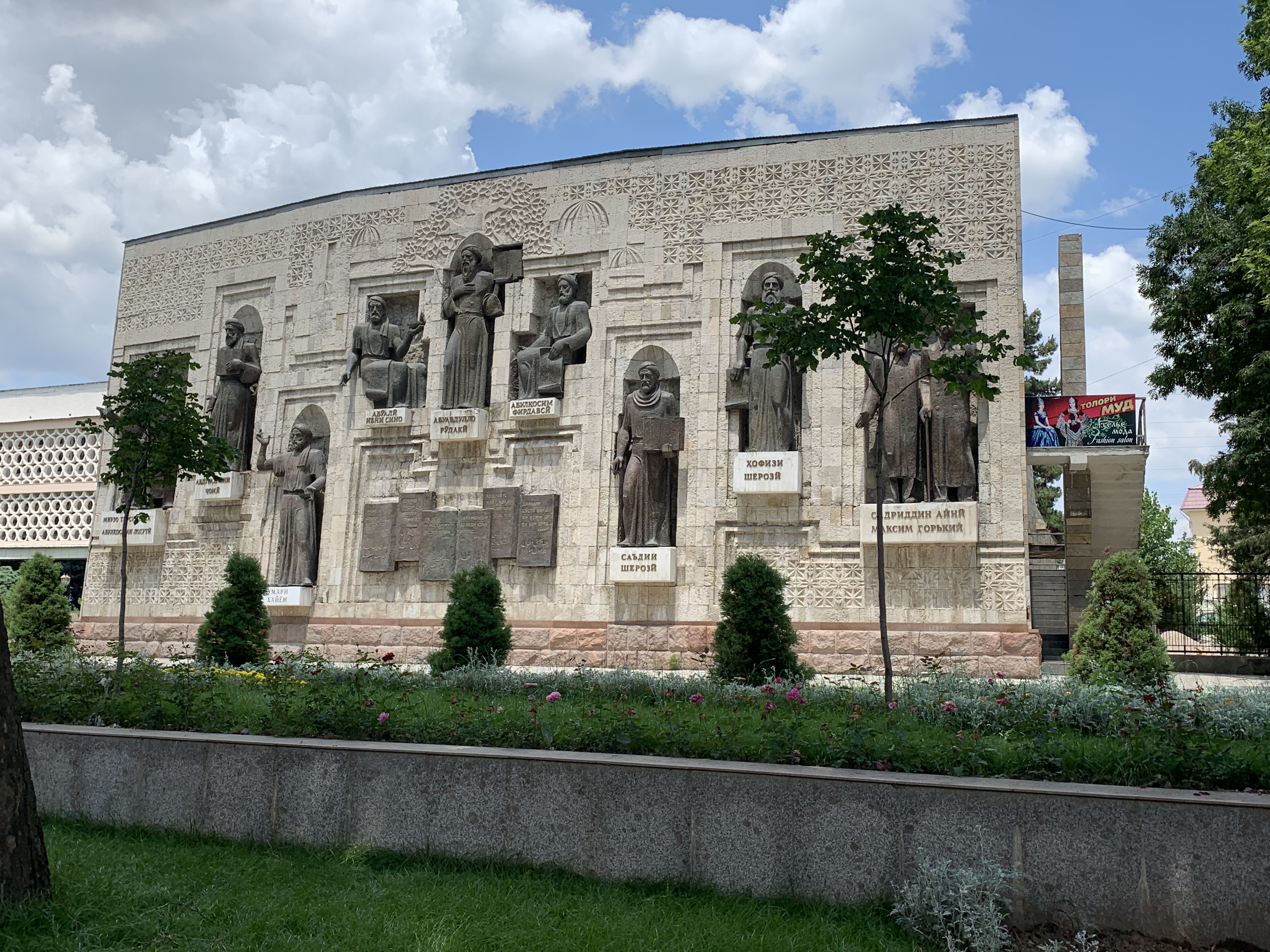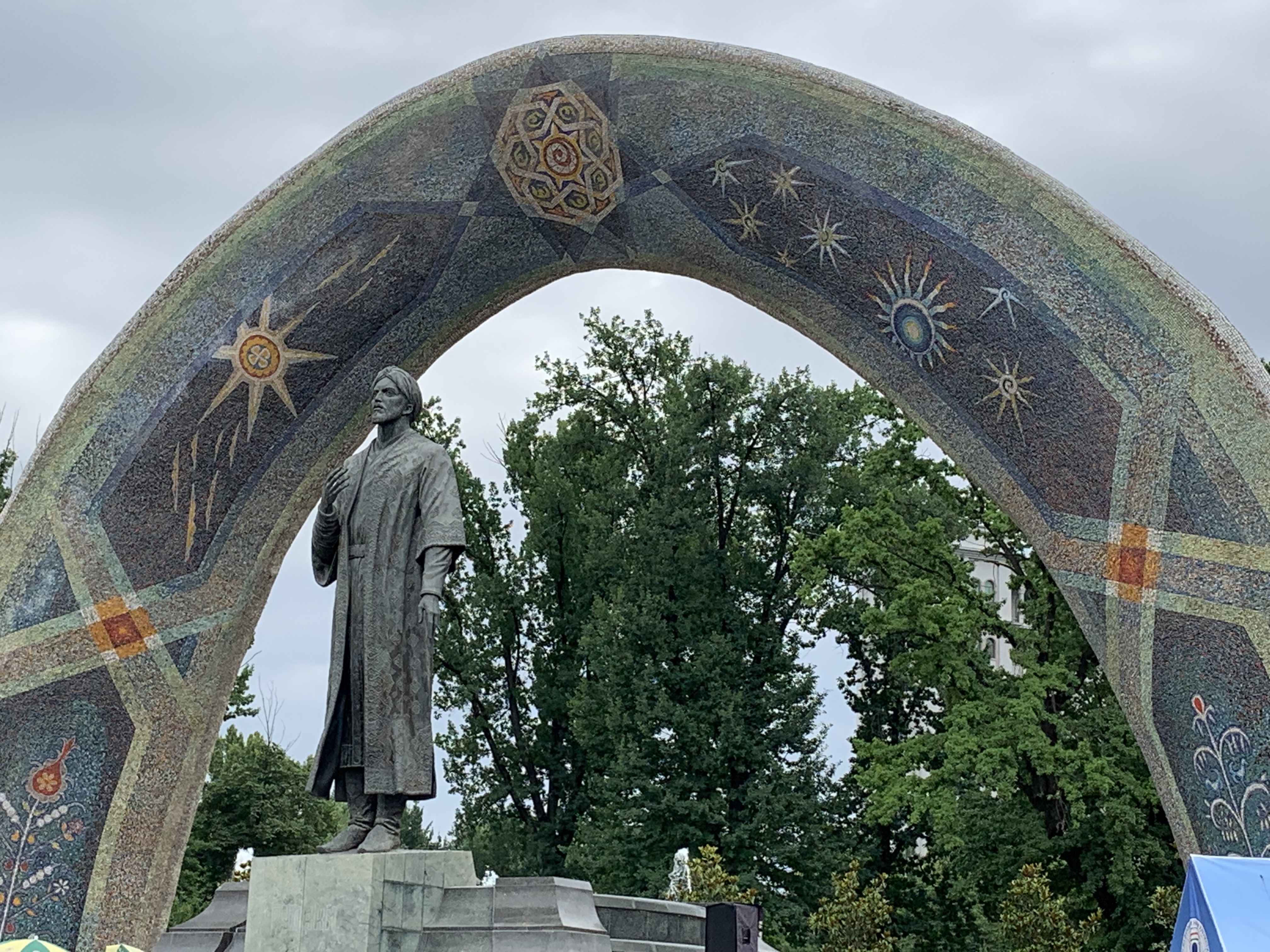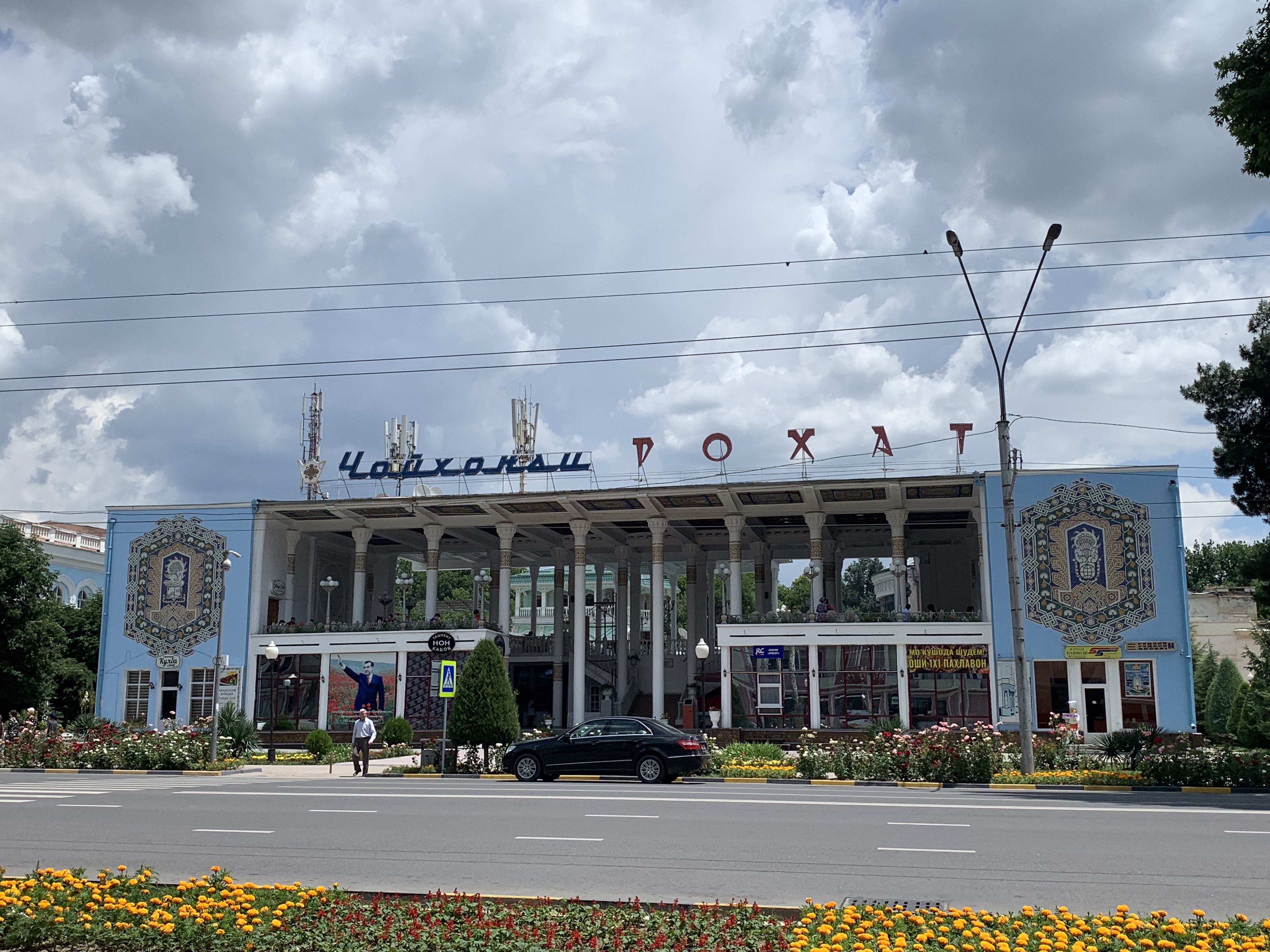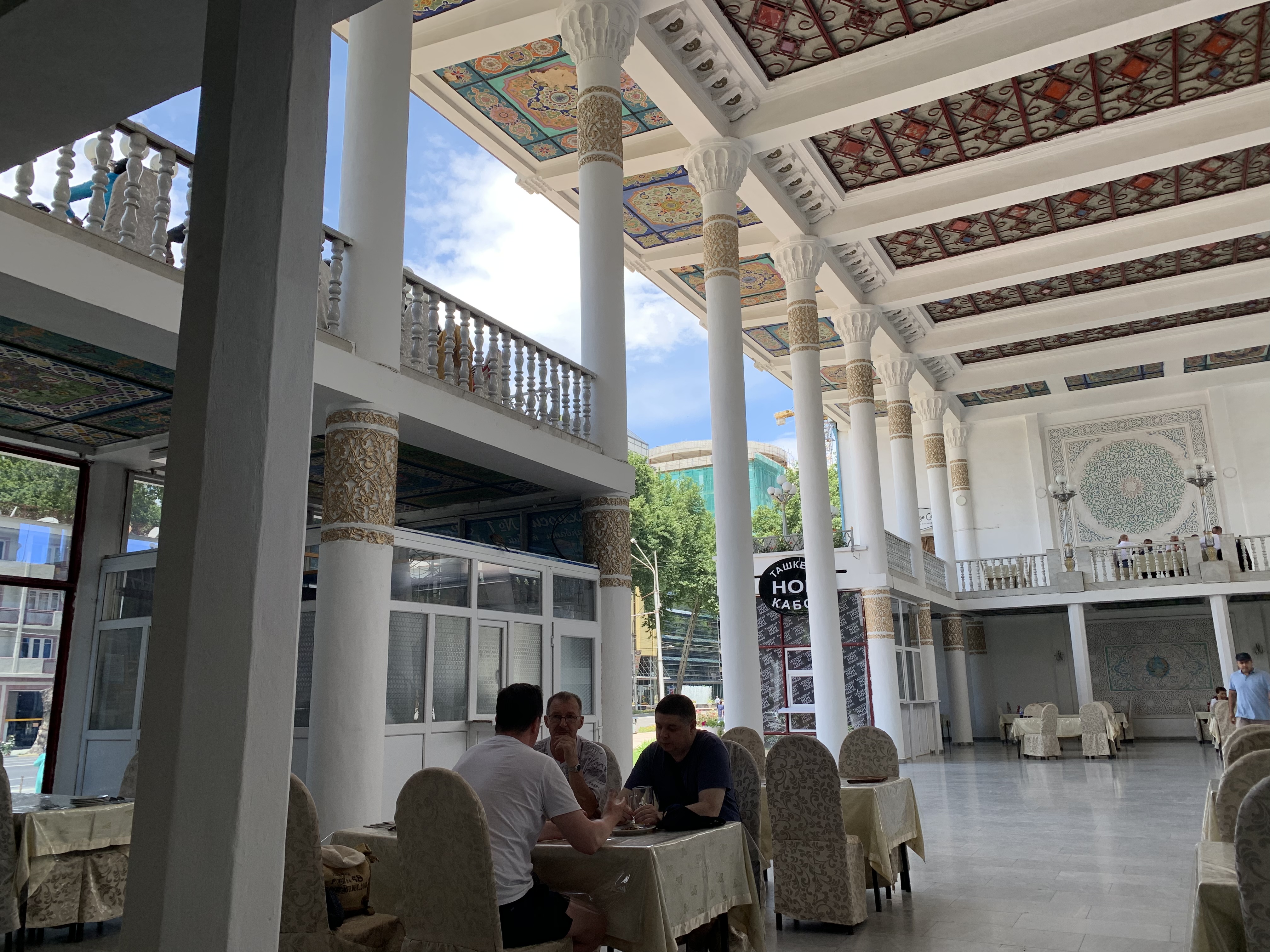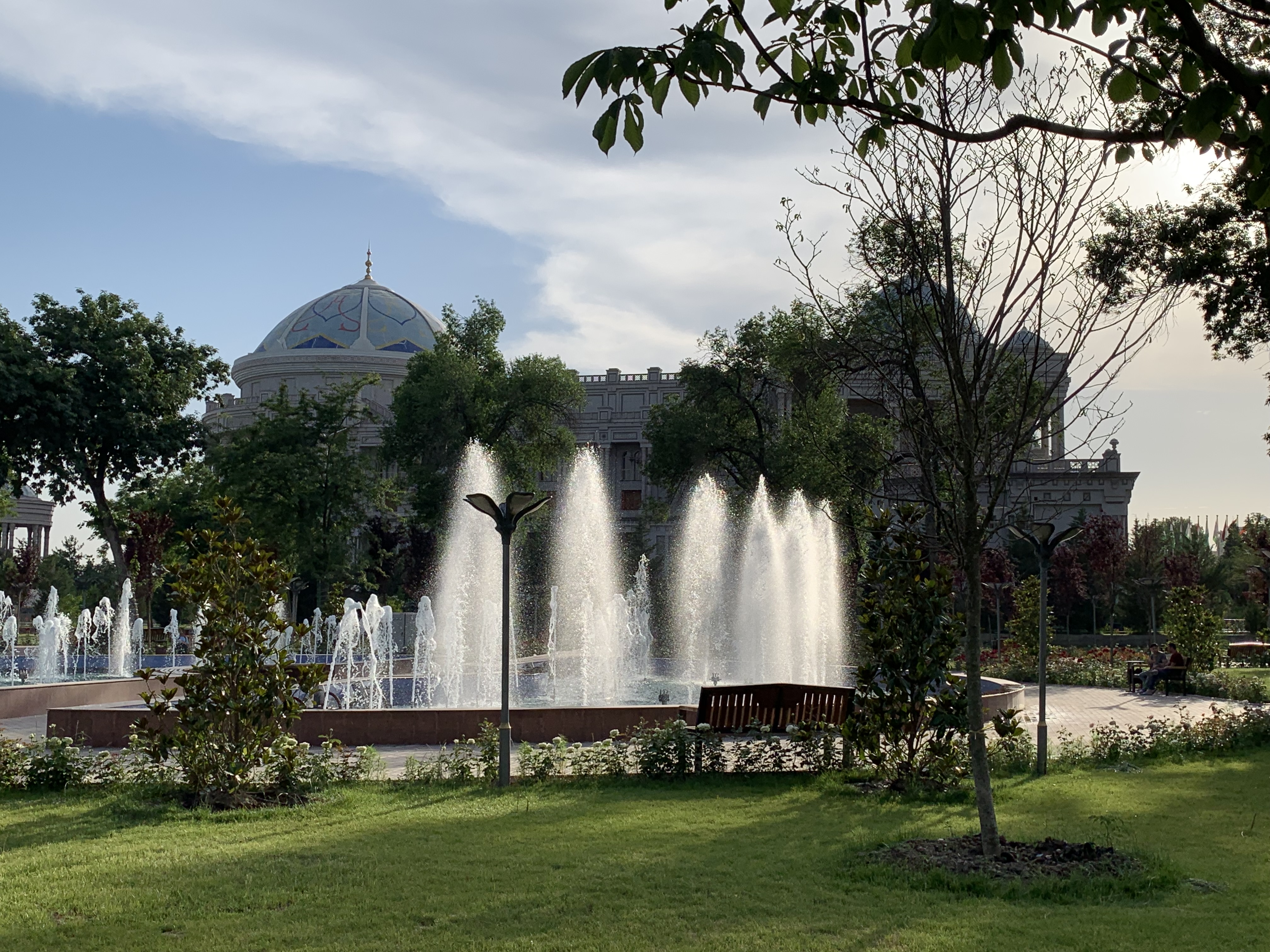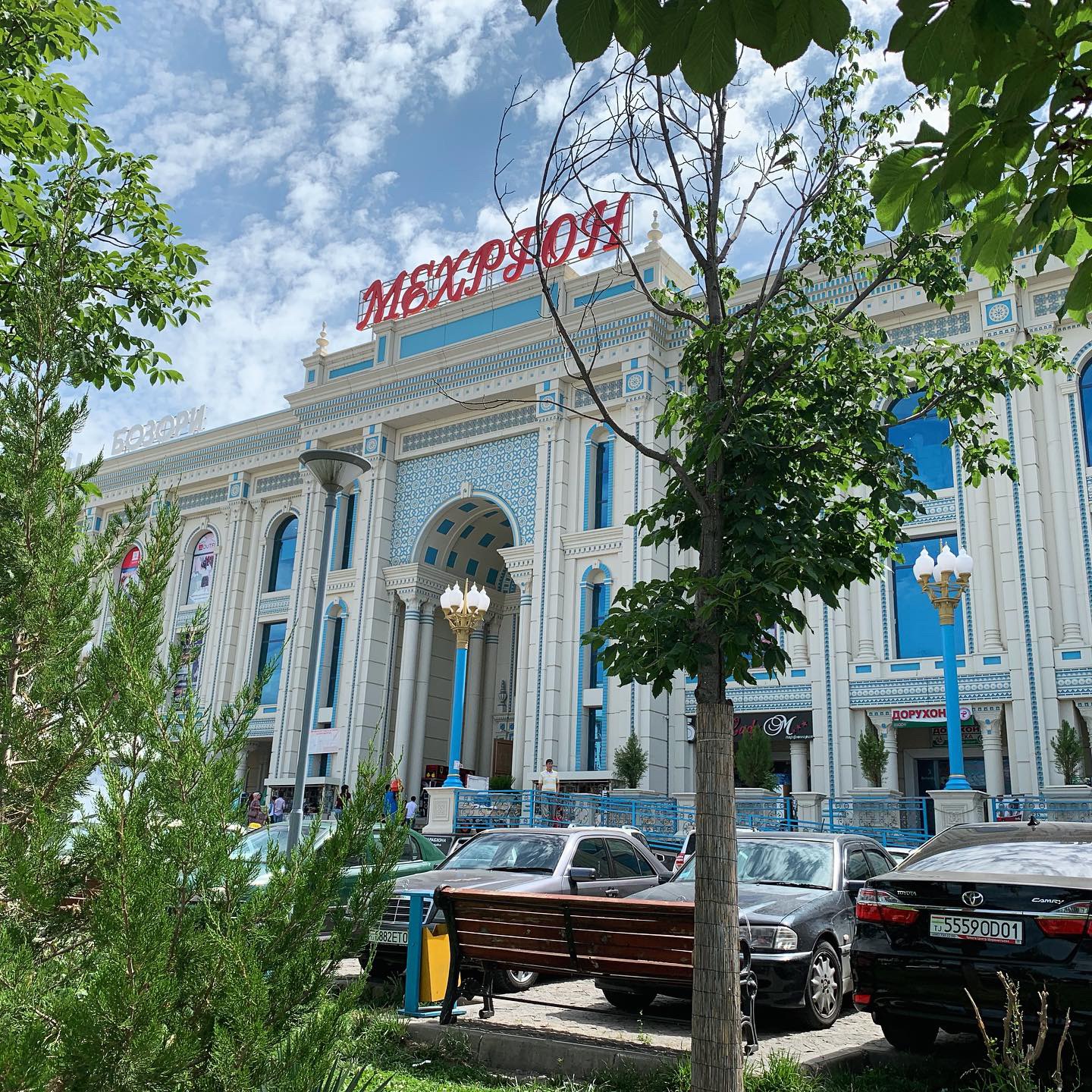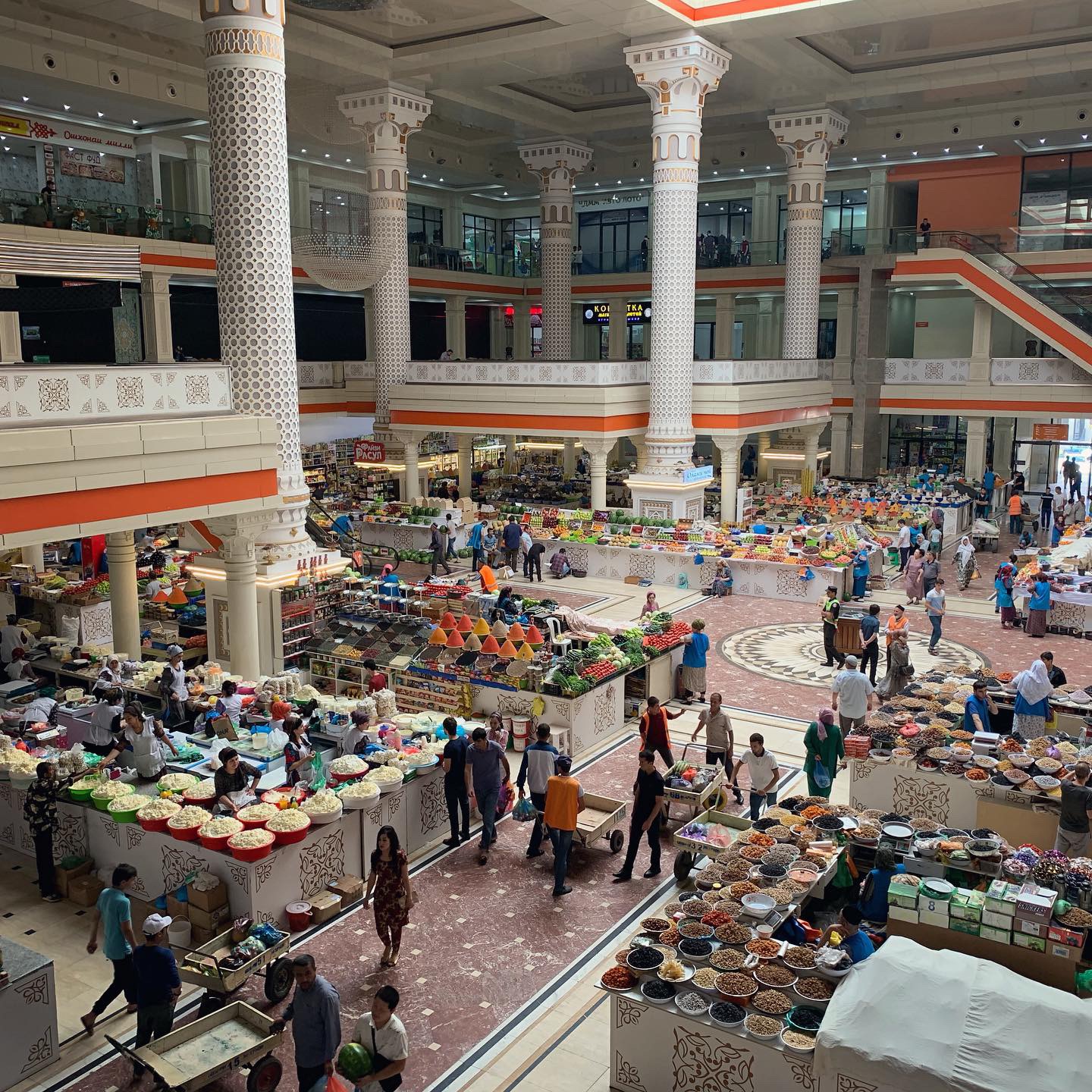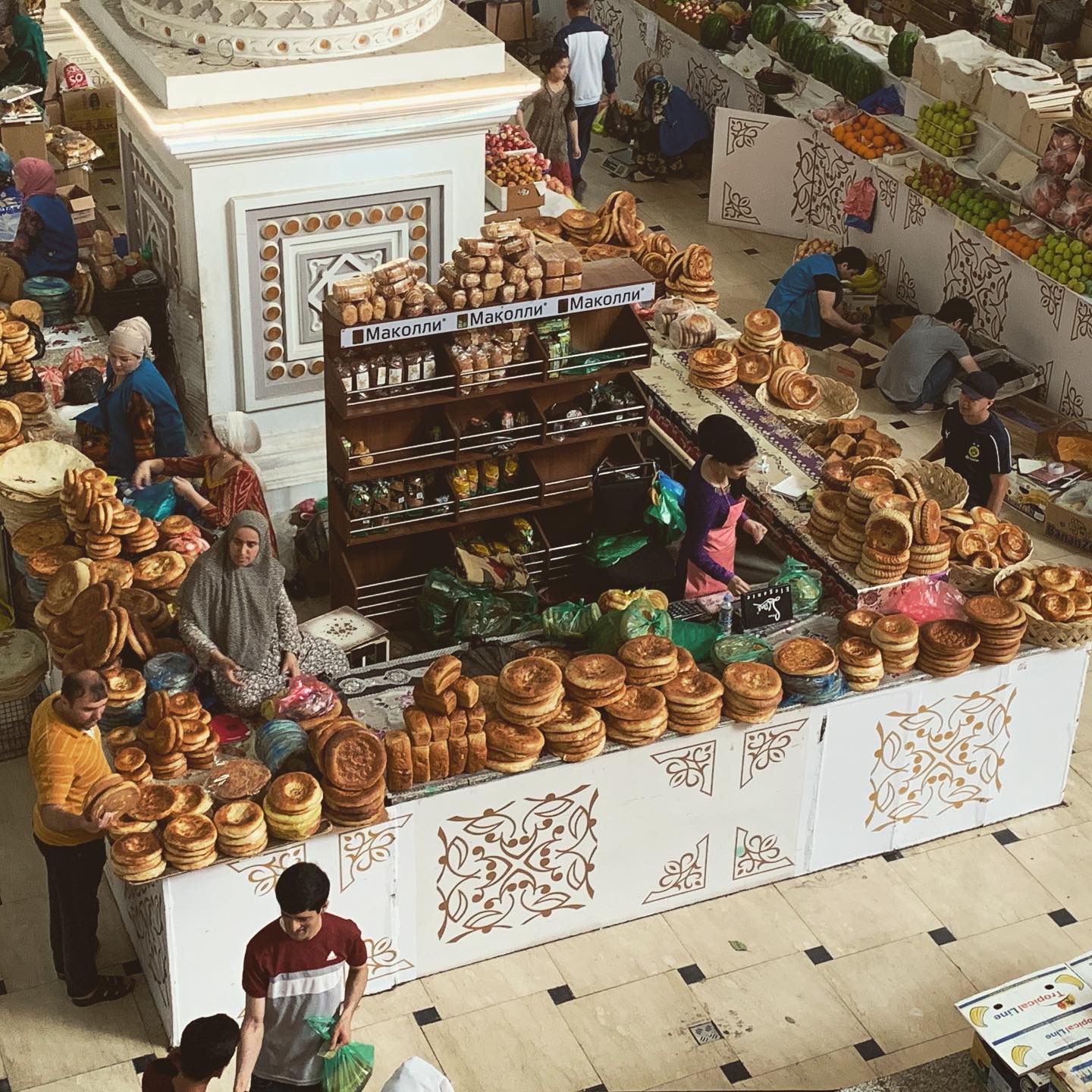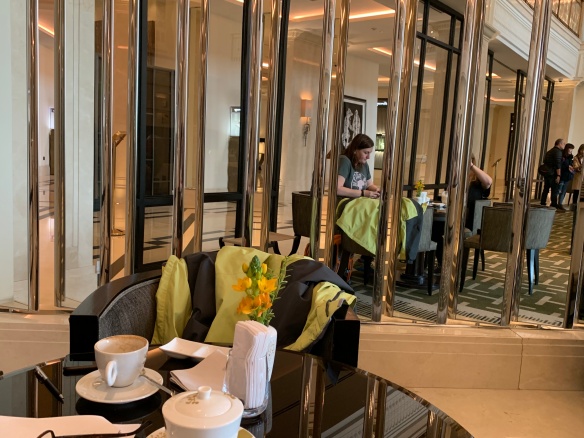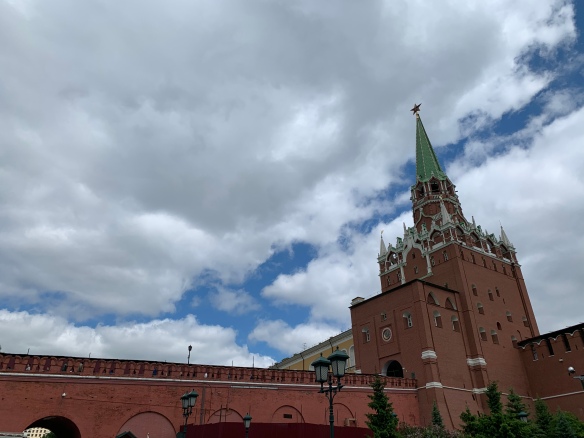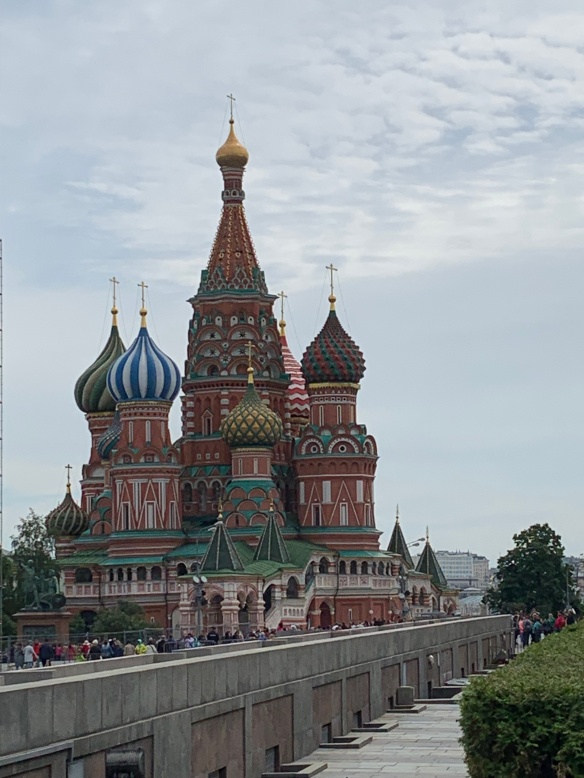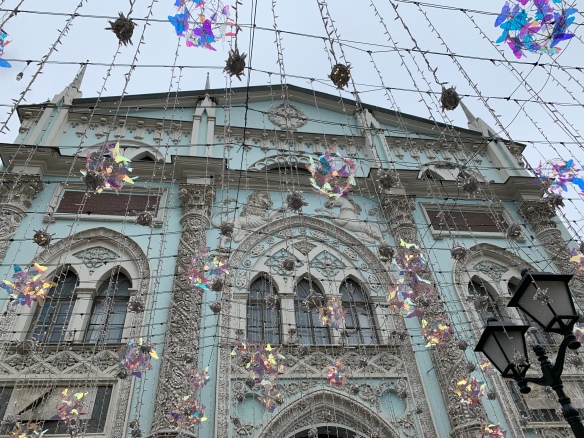Time for tour #2 bidding time!
Bidding on a new post is no one’s favorite part of Foreign Service. This is likely not my last time visiting the topic: the tour #2 process was different than tour #1 and different still will be the process for all subsequent tours. WARNING: this is #deepdive and #howthesausagegetsmade. Skip it unless you really want to understand why I still haven’t listed Barbados as my top choice.
The first time I bid, my class of 21 received a list of 21 posts. We had to rank them all, knowing there was one for each. This time around it was different, with a list of 42 posts, of which I had to pick my top 25. I wasn’t sure how many of us there were since this list was presented both to my class and the class before us.
If I had to use the list to pick my top potential vacation spots here’s how I would have ranked things:
- Tbilisi, Georgia
- Antananarivo, Madagascar
- Kyiv, Ukraine
- Dar es Salaam, Tanzania
- Nairobi, Kenya
- Tokyo, Japan
- Seoul, Korea
- Santiago, Chile
- Helsinki, Finland
- Panama City, Panama
- Wellington, New Zealand
- Brussels, Belgium
- Bridgetown, Barbados
- Baku, Azerbaijan
- New Delhi, India
- Ulaanbaatar, Mongolia
- Kingston, Jamaica
But picking a vacation destination is different than picking where to live. Does Ulaanbaatar have enough to keep me busy for two whole years? Could I afford to live in Tokyo? Would I go stir crazy on an island? What creature comforts are unavailable in Dar es Salaam?
If I was only looking at where I would I want to live for two years, my list looks more like this:
- Sarajevo, Bosnia & Herzegovina
- Helsinki, Finland
- Tbilisi, Georgia
- Prague, Czech Republic
- Brussels, Belgium
- Kyiv, Ukraine
- Santiago, Chile
- Seoul, Korea
- Panama City, Panama
- Baku, Azerbaijan
- Moscow, Russia
- Wellington, New Zealand
- Tokyo, Japan
- Dar es Salaam, Tanzania
- Managua, Nicaragua
- Bridgetown, Barbados
- Kingston, Jamaica
Now, while bidding is about where you want to live for two years, it’s not just about that. Other considerations to take into account:
Timing: When is the post vacant? Some posts need someone in June of 2020. Those posts are better for the class before mine since most of us are scheduled to depart in October 2020. There’s maybe one month of wiggle room but I can’t leave six months early or arrive three months late. And if the post requires a language…
Do you want to learn a language? Some posts require language proficiency. Foreign Service Officers get language classes at the Foreign Service Institute (FSI) automatically. Some specialists (med folks and techie folks) get ZERO language. Some, like OMSes, aren’t required to have language but can get training in some circumstances, time allowing. Career-wise it helps to have a language but the “time allowing” is tricky. If you have the Spanish proficiency of a toddler, are leaving post in May and need mid-level Spanish for a job that starts in December, that’s probably enough time to get your proficiency where it needs to be. But if you are leaving in October, probably not. You need to find a position that asks for language and allows for enough time to get it.
Career Moves: In your first two tours you should try to get as much diversity of experience as possible so when that sweet post in the Iceland embassy comes up in HR, but you haven’t worked in HR, you’re in a stronger position to say “but I can work in any office.” If you have two tours in a row with the regional security office (RSO), they might think all you can do is make badges. Also, a policy called Fair Share requires you to serve at a post rated at least 20% hardship every few tours.
Money and other perks: Danger pay, hardship pay (somewhat euphemistically called “post differential”), COLA, and language incentive pay (select languages only) all combine to make up your final paycheck. If you just want to make a lot of money…well you probably shouldn’t be working for the government. But if you pick a really hard post you could perhaps get an extra 30% in hardship and 35% in danger pay. The really hard posts are often shorter (one year as opposed to two) and usually come with two or three R&R plane tickets. My current post in Almaty gives me 15% differential pay and one R&R. Helsinki gives no R&Rs and no differential pay but does give a 25% COLA because it’s expensive there.
People with more complicated lives than mine also need to factor in spouses and children and even pets. Danger pay posts often require you to leave the spouse and kids and Fluffy at home. If the international school only goes through 7th grade you better be comfortable sending your teen off to boarding school. If your spouse or child has a medical issue, can it be managed at post? One of my colleagues said that medical issues took their list from 42 possibilities to 14. Are you a same sex couple? Some countries won’t accredit same sex spouses. I’ve also heard that people with all the above considerations have these things considered in their assignments and then…the singles get the leavings.
When I got my list I was still in Moscow. Obviously my friend Ana and I put our heads together as she’s bidding from the same list. We combed websites like TalesMag and various Facebook groups for info. By the time I landed in Dushanbe I’d pretty much exhausted these sites and was ready to sit down at the State Department intranet and head down even deeper rabbit holes, exploring specific housing info, internet availability, and “personal post insights.”
Finally, here’s how I made my list:
I started with non-RSO (diversity of experience) that provided language opportunities.
I mostly wanted to expand my options for future posts. I am not great with languages but Spanish is my best bet—no incentive pay but I have a basic start, learning some when I was younger and my brain was more absorbent, and Spanish uses the Latin alphabet unlike my other starter languages, Arabic and Russian. There were several posts with Mandarin training but I thought that might break my brain and Mandarin is only useful in one country.
Bummer, of five Spanish speaking posts, two are in RSO and four require a start date in the Oct-Dec time frame. If I leave my own post in October and take my required 20 working days of home leave (congressionally mandated!), I couldn’t obtain the level of Spanish they need in the required time frame. So while I could bid on those, I ranked them low because my Career Development Officer didn’t want to see me bidding high on unrealistic posts. But there was one Spanish speaking post—Managua—that is not another RSO post and, with a March 2021 start date, would give me time to get my Spanish up to par. Since Nicaragua has had some upheavals lately, it’s also pretty high on differential pay. Ticks all boxes.
Next up were Tbilisi and Moscow. Both are non-RSO posts and while there was no time for language training at FSI, the Russian I have already been working on would be handy in both cities (more so in Moscow) and I could continue lessons at post. Tbilisi ticks the timing box and most of the career consideration box. It’s only 15% hardship pay which is the same as Almaty so I’d need to start considering a more difficult “Fair Share” bid for my next post but at least I wouldn’t be taking a pay cut. Tbilisi was the most “the heart wants what the heart wants” of my bids, but many of my co-bidders felt the same.
Moscow added a tick box with 20% hardship (due to issues with the frosty Russian-American relationship, not for things like non-potable water) but it rated just a little lower because my heart wanted it less.
I rounded out the top five with Prague and Brussels. While these offered neither language opportunities nor hardship pay, they were non-RSO positions with good timing and seemed like lovely places to live for two years although I’d go broke with spending on weekend mini-breaks.
The rest of the list—a mix of all the considerations listed above including the possibility of boosting Arabic with at-post language lessons, starting from scratch by taking six-months of Mandarin, my heart wanting what it wants even if it means working in another RSO office in the land of the midnight sun—looked like this:
- Seoul, Korea
- Guangzhou, China
- Bridgetown, Barbados
- Helsinki, Finland
- Khartoum, Sudan
- Beijing, China
- Algiers, Algeria
- Dar es Salaam, Tanzania
- Nairobi, Kenya
- Kyiv, Ukraine
- Panama City, Panama
- Sarajevo, Bosnia & Herzegovina
- Santiago, Chile
- Antananarivo, Madagascar
- Manama, Bahrain
- Baku, Azerbaijan
- Baghdad, Iraq
- New Delhi, India
- Wellington, New Zealand
- Tegucigalpa, Honduras
In my 250 word narrative I mentioned that former SSRs, YSRs, and Spanish-speaking posts would rank higher if the timing was better. Just in case there was wiggle room…
I submitted my list less confidently than last time, where I thought I had at least a 50/50 shot at my top choice of Kazakhstan. But as my classmates and I shared stories of who bid on what, and no one was listing Nicaragua, I started making plans for being in Central America. True, I didn’t know what the class before me was bidding but surely it was safe to start making plans for a lighter weight wardrobe and side trips to Panama City and Costa Rica?
The assignments came in. Many of my classmates got their first choice. I got…Guangzhou.

I’m kind of still in shock. I am trying to be positive about it and after all, it WAS in my top ten, but it’s hard to see all the emails flying around about the people who got their top choice when I got my seventh.
But “going wherever I am needed” is what I signed up for and I have until June 2021 to get used to the idea. I guess I better start.



